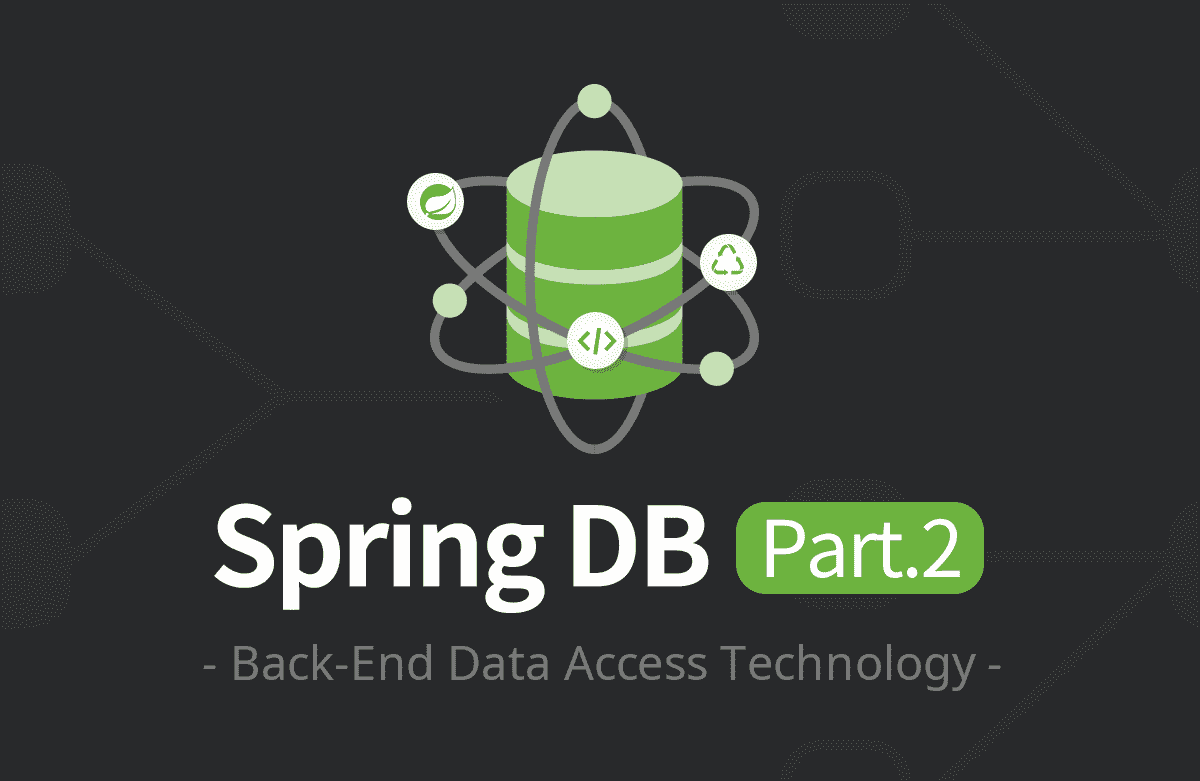Spring DB Part 2 - Data Access Utilization Technology
You can utilize and complete the DB data access technology required for backend development. You can understand the principles and structure of Spring DB access technology and grow into a more in-depth backend developer.

Kim Young-han's Practical Java - Advanced Part 3, Lambda, Streams, Functional Programming - Course Launch
Hello everyone. Finally, we have opened the last lecture of the Java Roadmap, Advanced Java Part 3.
Link: https://inf.run/iZKKT
Kim Young-han's Practical Java - Advanced Part 3, Lambda, Stream, Functional Programming
Lecture time: 16 hours 40 minutes
Number of lectures: 97
Lecture PDF Material: 387 pages
[Course Introduction]
Learn new syntax and techniques frequently used in modern Java, such as lambda, stream, and functional programming. In this lecture, I will teach you how to apply these techniques in practice, deeply understand them, and utilize them, beyond simply knowing them.
[Summary of lecture contents]
The main lecture contents are as follows.
1. Why Lambda is needed
Learn how lambdas play a vital role in modern Java, both for clean, concise code and for easily leveraging advanced features like parallel processing.
2. Lambda
You will learn the definition, syntax, and usage tips of lambda through real code examples. You will clearly understand how it differs from the existing method and what makes it attractive.
3. Functional interface
Functional interface, an essential concept used with lambda! We will tell you why functional programming is possible and how to easily utilize various functional interfaces built into the Java standard API.
4. Using Lambda
How can we apply lambda in practical code? Let's learn the core usage of lambda to simplify repetitive patterns and complex logic with examples.
5. Lambda vs Anonymous Class
We compare and analyze in which situations lambdas are more efficient and in which cases anonymous classes should be used.
6. Method Reference
The method reference syntax added in Java 8 takes functional programming to the next level of cleanliness. We will explain how the method reference syntax works and what are some practical examples of its use.
7. Stream API1 - Basics
The Stream API presents a new paradigm for handling Java collections with lambdas. We will organize the stream structure and basic usage in an easy-to-understand manner for beginners.
8. Stream API2 - Features
Let's take a closer look at the core features provided by streams, such as filtering, mapping, sorting, and reducing. You can learn how to write code more intuitively and concisely.
9. Stream API3 - Collector
Learn the concept of Collector, which is utilized in streams for efficient data collection and processing. You can learn essential skills in practice, such as collect(), grouping, and partitioning.
10. Optional
Let's make proper use of Optional, which cleanly resolves null handling. We will cover various methods to prevent NPE problems that are frequent in practice, such as isPresent(), orElse(), and orElseThrow().
11. Default method
Let's take a look at a new aspect of Java interfaces: default methods.
Learn the correct usage practices, along with how to maintain compatibility when extending interfaces.
12. Parallel Streams
Parallel processing for high performance! Learn about ForkJoin pools, multi-core utilization know-how through stream APIs, and precautions that may arise in parallel streams.
13. Functional Programming
All features added after Java 8, such as lambda, stream API, and Optional, reflect the functional programming paradigm. We will teach you how to write more efficient code by combining object-oriented languages and the functional paradigm.
thank you




